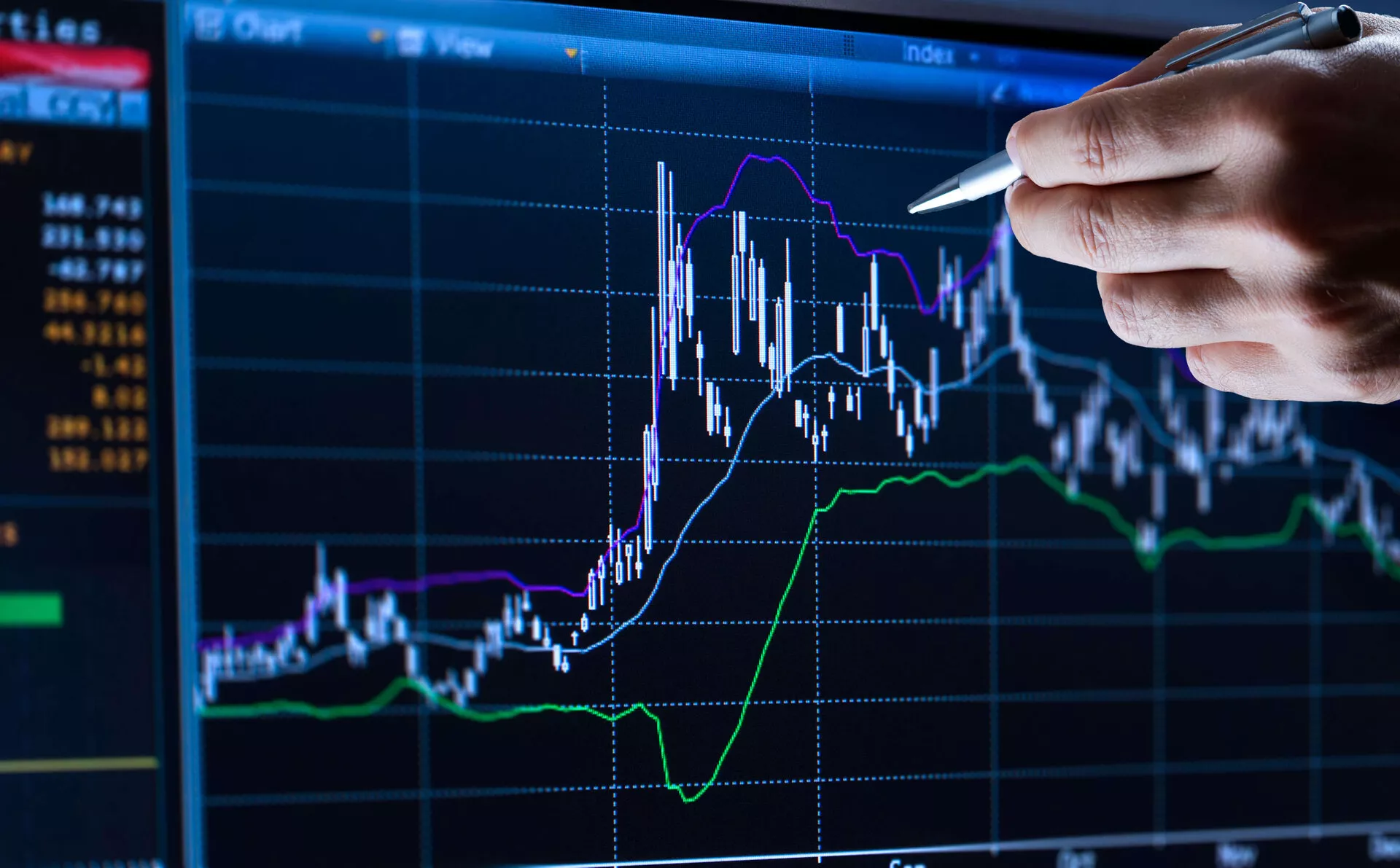
Weekly Update - Changing seasons
Hospitalisations and intensive care unit occupancy for COVID-19 patients have begun to swell across Europe as has the proportion of tests which are positive, showing that the increase in cases is not solely due to increased testing. France now ranks third among major hotspots in terms of cases per 10,000 of population and has announced curfews in 9 major cities including Paris. The UK ranks fourth and has also tightened measures in cities like Liverpool and London, where mixing of households has been banned. The US ranks seventh but has yet to see a new surge at the national level – however, large Midwest states like Michigan, Ohio, Wisconsin are now back at first wave highs.
In the euro zone, the measures announced have been carefully crafted to minimise the negative impact on the overall economy. In the main, governments have targeted hospitality (around 3.1% of pre-crisis GDP) and entertainment and leisure (some 1.3%). However, the drag on growth is likely to be muted. Activity in both areas is already depressed by reduced capacity – in restaurants or at sports events – and changes in consumer behaviour. Moreover, the new restrictions are limited in nationwide scope – only one quarter of France’s population will be affected directly by the curfews.
Government support is also set to cushion the blow to businesses and households. For example, France has suspended some tax and social security payments until year end, extended short-term work schemes, promised additional payments for the vulnerable (a €150 subsidy for some minimum welfare recipients and an additional €100 per child) and targeted aid for the sectors most affected by the curfew. Nonetheless, it is becoming increasingly likely that the fourth quarter will see a modest dip in GDP after Q3’s strong bounce in activity.
Despite outperforming expectations over the summer, it looks like winter is also coming early to the UK economy. August’s GDP figures came in well below expectations, suggesting that momentum had already begun to slow in Q3, and unemployment may surge as the government’s temporary furlough scheme is rolled back. Moreover, continued uncertainty about when – indeed, if – the new trade regime with the EU will be agreed means that many corporate investment plans have been put on hold and that export order books could suffer. This suggests that H1 2021 could still see headwinds blow, even if a last-minute deal is struck.
Over in the US, signals remain mixed regarding the mooted stimulus programme. After calling off talks with the Democrats, President Trump is now pushing for a much larger package than his Republican senators are willing to countenance. Senate majority leader McConnell says $500bn would be appropriate, the Democratic House of Representatives have voted a $2.2tn bill and the President says he is ready to go above $1.8tn. Talks continue but time is running out before the election.
Bottom line. This combination of risk factors – COVID-19 restrictions, UK/EU trade, delay to US fiscal stimulus – has weighed on market sentiment in recent days. However, we believe that governments will deepen fiscal support to alleviate problems for businesses and households and that they will avoid imposing new nationwide shutdowns. Further, we expect central banks to react quickly to any meaningful slowdown in activity by boosting and extending asset purchase programmes. Winter may be arriving early but these measures should help limit downside for global equity markets.
Read full article




